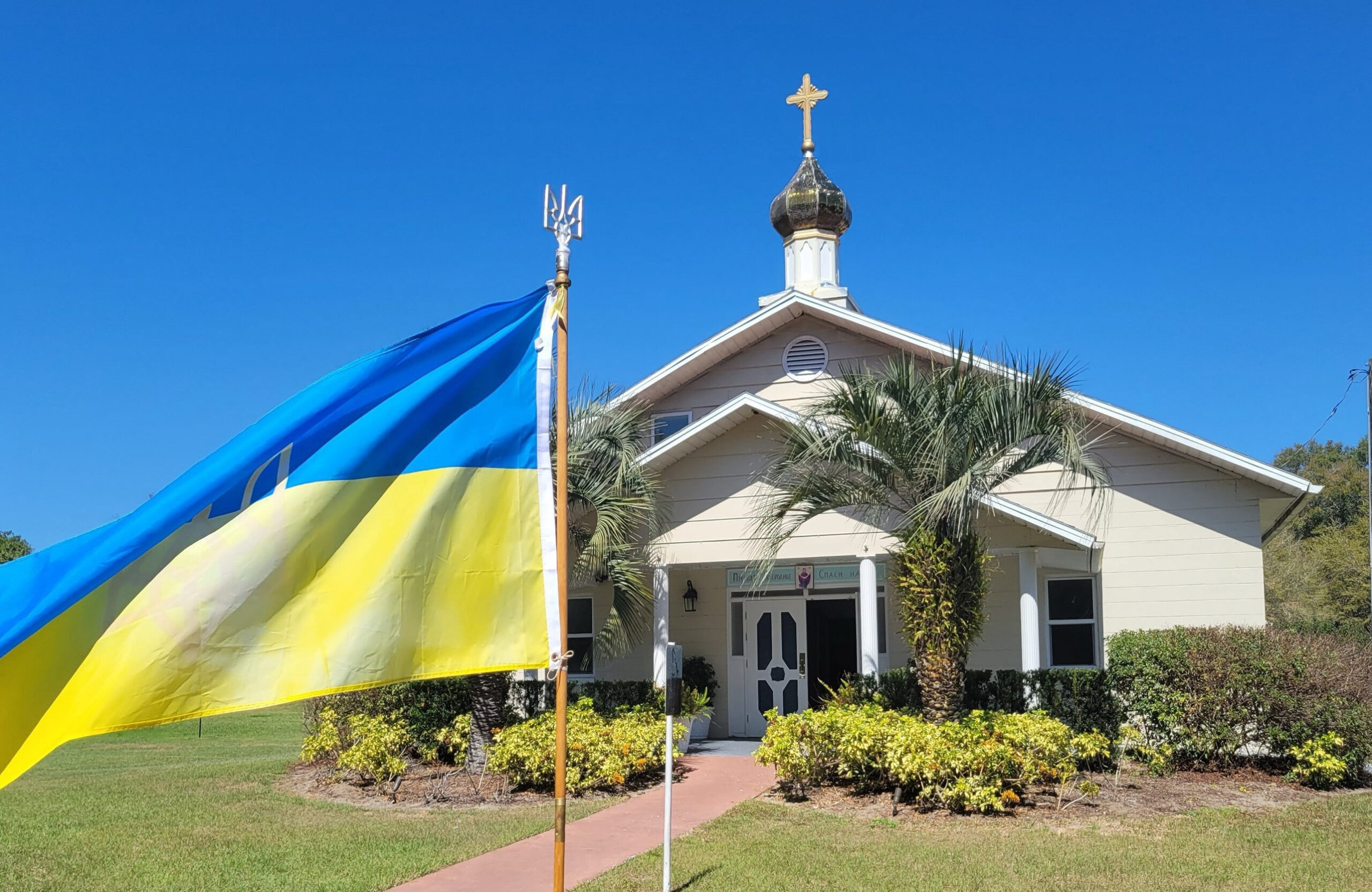We fly to thy patronage, O Holy Mother of God. Despise not our prayers in our necessities, but ever deliver us from all dangers, O glorious and blessed Virgin.
The above text is the oldest known prayer honoring Mary as the Theotokos, or Mother of God. It originated in the city of Alexandria, Egypt, which was once a great center of Christianity, and dates from about the time of the great Council of Ephesus (431), which upheld the practice of addressing Mary as the Mother of God. This prayer quickly spread throughout the Church, as Christians who honored Mary as Mother of God also looked to her for the protection of a loving heavenly mother.
It was with great joy that the people of Constantinople received the holy mantle and robe of the Virgin that had been brought there from Palestine in 473. These were enshrined in the church called the Panagia of Blachernae, which became the most important Marian shrine in the East. It was in that church, in the year 911, that the apparition depicted in this icon took place. Saint Andrew the “Fool for Christ,” depicted in the lower right corner along with his disciple, Saint Epiphanius, was attending an all-night vigil at the shrine on October 1. At four o’clock in the morning, the most holy Mother of God appeared above the people, with a veil spread over her outstretched hands as a symbol of her constant protection. She wore a robe of purple bordered with gold, and shone with an unearthly radiance. Surrounding her was a heavenly cohort of angels and saints, including John the Baptist and the Holy Apostles. Saint Andrew is pictured gesturing towards the vision and asking Epiphanius: “Do you see, brother, the Queen and Lady, and how she is praying for the whole world?” Epiphanius is replying: “Yes, Father; I see it and I am in holy fear.” An icon, similar to the one shown, was placed in the church to commemorate the event, but no feast was ever established for it in the Greek Church.
After the Christianization of Rus’ in 988, pilgrims from our homeland began coming to Constantinople, and they brought back with them the devotion to Mary as the Pokrova. In the year 1165, the holy Prince Andrei Bogoliubsky built the Shrine of the Pokrova at Nerla, and from that shrine the feast spread throughout the Slavic world. It is celebrated on October 1 (October 14 on the Julian Calendar), or on the first Sunday of October.
It is not known what great danger was facing the people of Constantinople in the year 911. Some have suggested that this vision may have coincided with the documented miracle in which invading ships from pagan Rus’ were turned back by a great storm that arose after Mary’s veil was dipped into the waters of the sea near the Blachernae church, but that took place about the year 864, which was before the birth of Saint Andrew the “Fool for Christ.” What is known, however, is that the people of Ukraine and all Slavic Christians celebrate this feast with great reverence, lovingly entrusting the dangers they face in this world to Mary, their Mother and Protectress.

